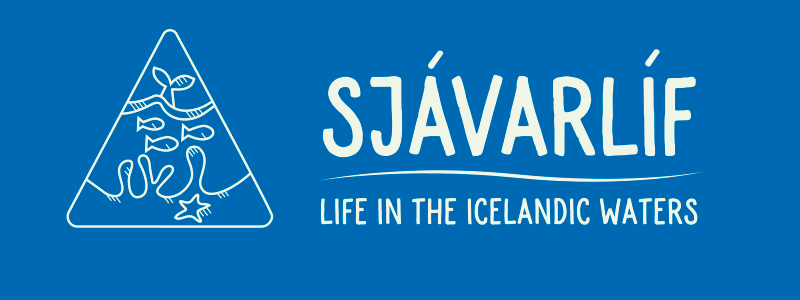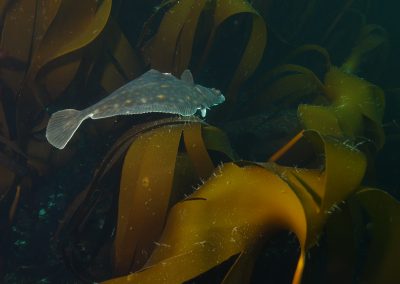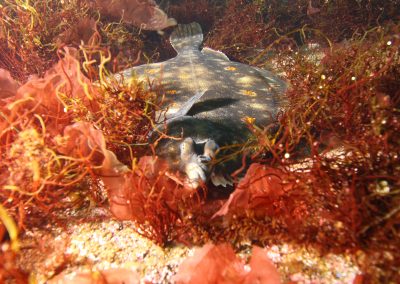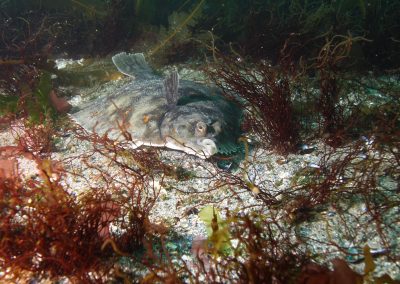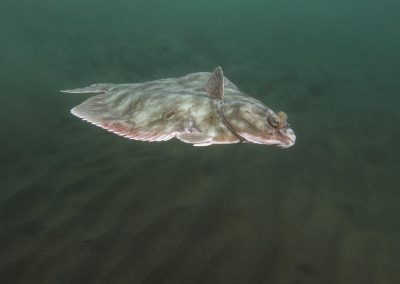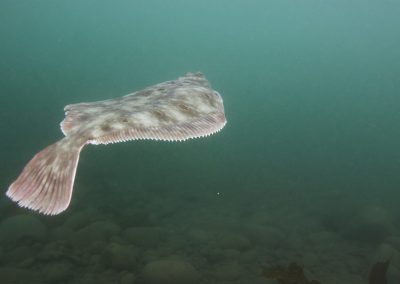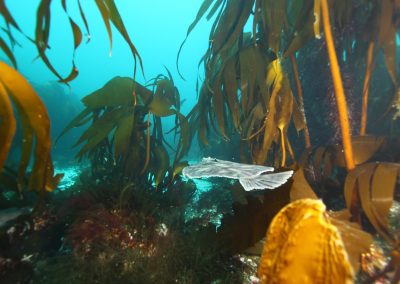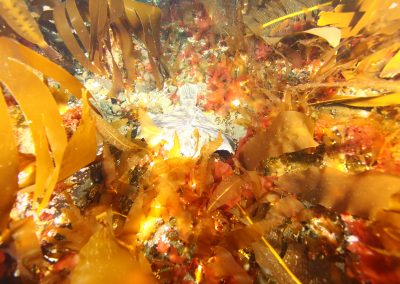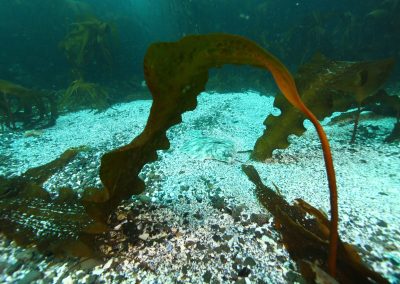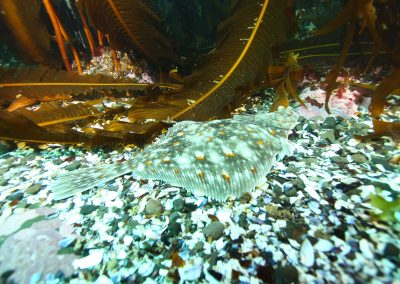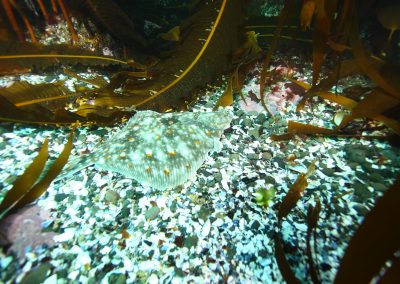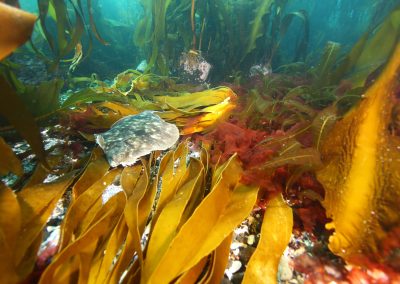European plaice
Pleuronectes platessa
Plaice is a medium sized flatfish. It has a smooth skin as opposed to, for example, dab and long rough dab.
It is recognized by the red or orange spots on the otherwise dark back, the underside is white.
The maximum recorded size is 100 cm, but the usual size in catches is from 30 to 50 cm.
Distribution
In European waters it is found from the White Sea and the Barents Sea in the north down to the western part of the Mediterranean Sea in the south. It is not found in North American waters.
Plaice is common all-around Iceland from the seashore to 200 m depth, on sandy or muddy bottoms. It can also tolerate fresh waters for some time.
Previously, flatfishes were considered rather sedentary. Tagging studies on the plaice have, however, shown that this does not hold entirely true. The plaice undertakes large scale feeding and spawning migrations in the waters around Iceland, fishes tagged on one side of the country have even found at the other side.
Ecology
Plaice is relatively fast growing and can reach a larger size than most other flatfish species, except for the halibuts.
Females grow larger than males and the males become mature earlier, as is common with flatfishes. Growth is, however, quite variable and has been shown to depend on temperature, food abundance and stock size, among other things.
The plaice reaches 50% maturity at around the age of 5, maximum age being more than 20 years, possibly up to 50 years.
Plaice feeds mainly on various benthic invertebrates, dominated by polychaetes and bivalves, but also, to some extent, on small fishes such as sandeels.
Fisheries
Because of its good taste, abundance and shallow water distribution, plaice has sustained high catches in Icelandic waters since the beginning of the trawler age.
Catches have usually been similar or higher than for all other flatfish species combined.
Originally, the bulk of the catches were by British trawlers, but, for the last decades, have been exclusively by Icelandic boats.
HÞV
